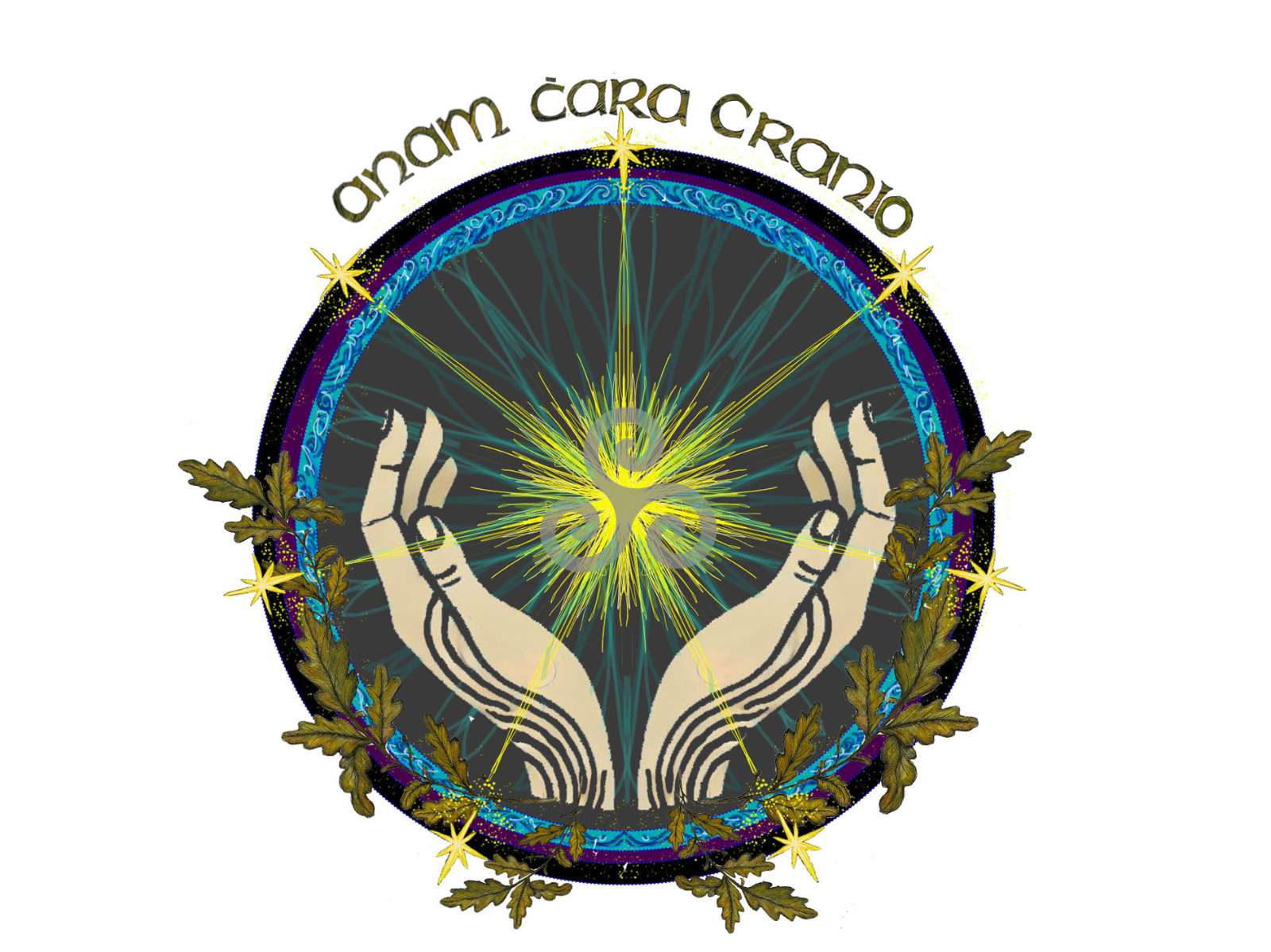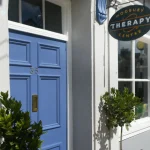- Home
- CST - Cranial Sacral Therapy
Biodynamic Craniosacral Therapy
A brief history on BCST
Biodynamic Craniosacral Therapy derives from the science of Osteopathy. Osteopathy was coined and named by Dr Andrew Taylor Still, who learnt from and worked closely with the Indian Cherokee and Shawnee bone setters and energetic healers of the America’s. Biodynamic Craniosacral Therapy emerged from the committed work of his student, an American Osteopath ‘Dr William Sutherland’ in the early 1900’s. Sutherlands discovery that our bones ‘breath’ or have their own subtle rhythmic motions, rhythms that can also be felt within the fluids of the body, a term called ‘Primary Respiration’, carved the path towards the practice of Biodynamic Craniosacral Therapy (BCST). He observed that the way the bones move and patterns/rhythms of what is called the ‘fluid tide’ in the body are directly linked to our emotional, physical and mental health. BCST is a non-manipulative, subtle and profound healing modality. It is a gentle, relational, hands-on therapy that can be highly effective, working directly with the body’s natural capacity for self-repair and nervous system regulation.
“Be still and know” William Garner Sutherland
What I do
I hold space for the client in a relational field, using my hands and presence to listen and tune in to the deeper fluid and rhythmic motions of a client’s system noticing areas of trauma, stasis and inertia. I work viscerally from the heart, keeping an awareness of the whole of a person’s being. I listen to the inherent health available and, working within the client’s capacity, invite their system to regulate through stillness, using internal resources to assist them into a deeper ‘being’ state of homeostasis.
I believe that by working together on all steps of the journey, BCST invites the client to explore learning how to heal themselves- this isn’t always an immediate miracle. The number of sessions required wholly depends on the individual’s response to treatment and there are numerous factors that can affect this.
BCST has helped me so much on my own personal journey of healing and self-discovery, that to be able to share and witness this magic of transformation within one’s ‘self’ with others, is a blessing that I have deep gratitude for every day.
‘This thing we call craniosacral therapy is a dance, a dance between the contraction of membrane and the expansion of fluid. It is our birth right, that place where life as mystery first emerges and then expands to fill this web of lines and structure that we call a body.’
Susan Raffo
What is Cranial Sacral Therapist good for/and/or benefits?
- Physical aches and pains
- Structural change
- Acute and chronic disease
- Emotional or Psychological disturbances
- Trauma related conditions
- Strengthening of the immune system
- Neurodivergent children and adults
- Stress, anxiety, migrains, over stimulation and burn out
- The development of well-being and interpersonal relationships
What to expect in a session
‘There will be an initial consultation wherein I take some details of your medical history, ask a series of questions so as to get to know you a little better, to find out why you have come to me and what you are wanting/needing from the sessions. Then, most likely, you will be asked to lie on a couch, remaining fully clothed. If lying down is difficult, alternative ways of treatment can be arranged. Hands will be placed gently on different areas of the body, only with consent, and there may be some dialogue between practitioner and client either before, during or after session. Clients may experience a deep sense of relaxation or a ‘lightness of being’ during session, there may be physical and/or an emotional release.‘


